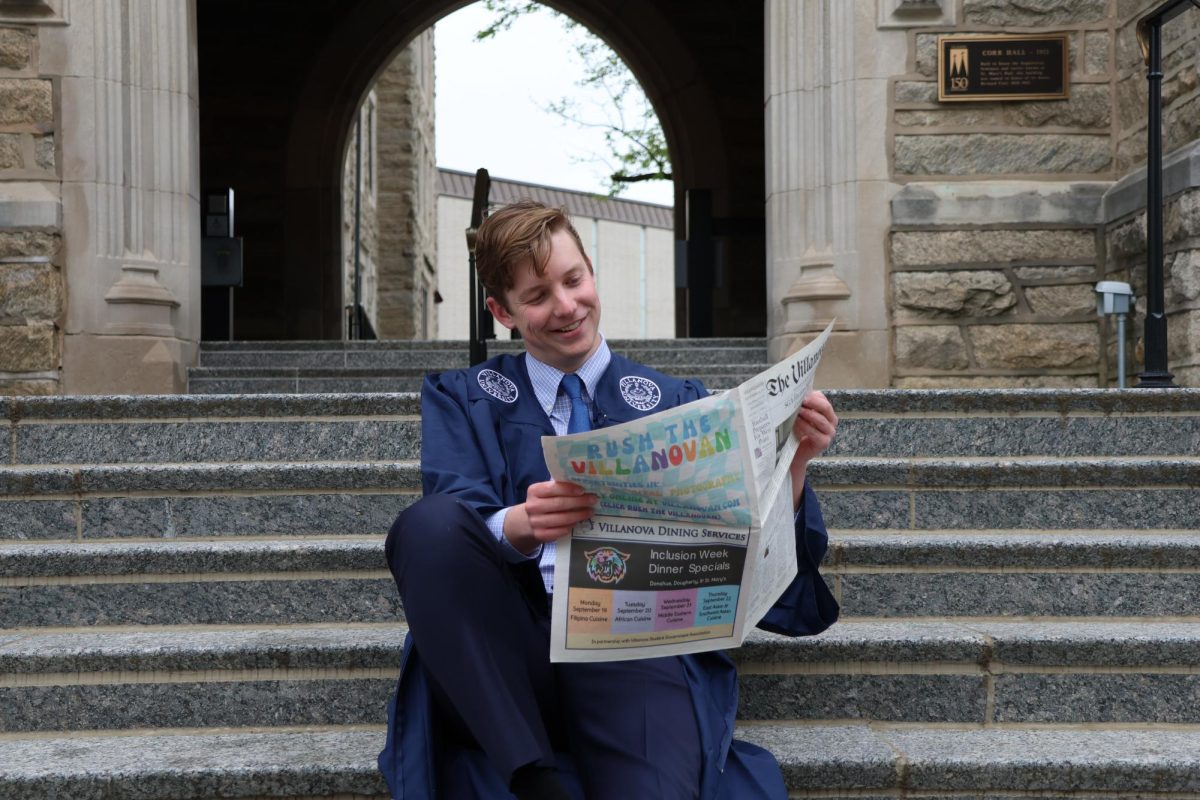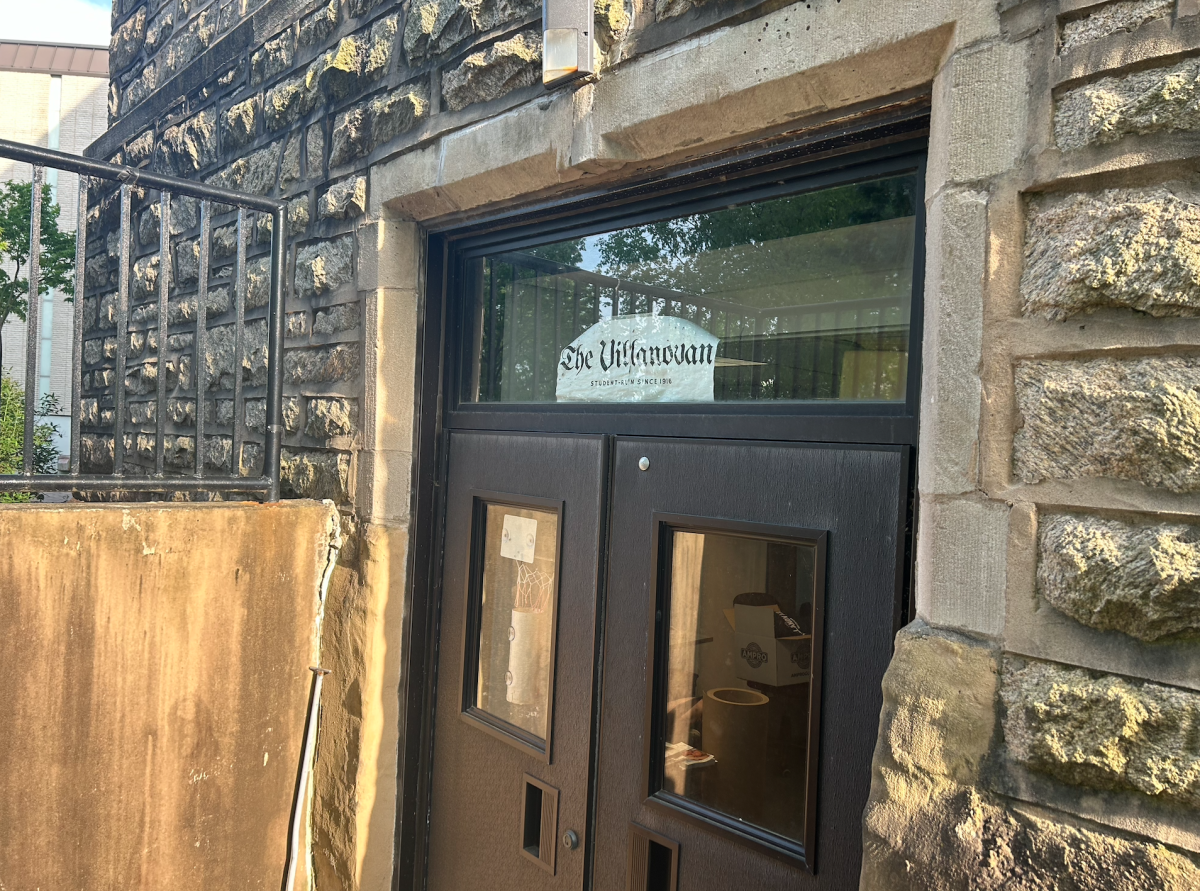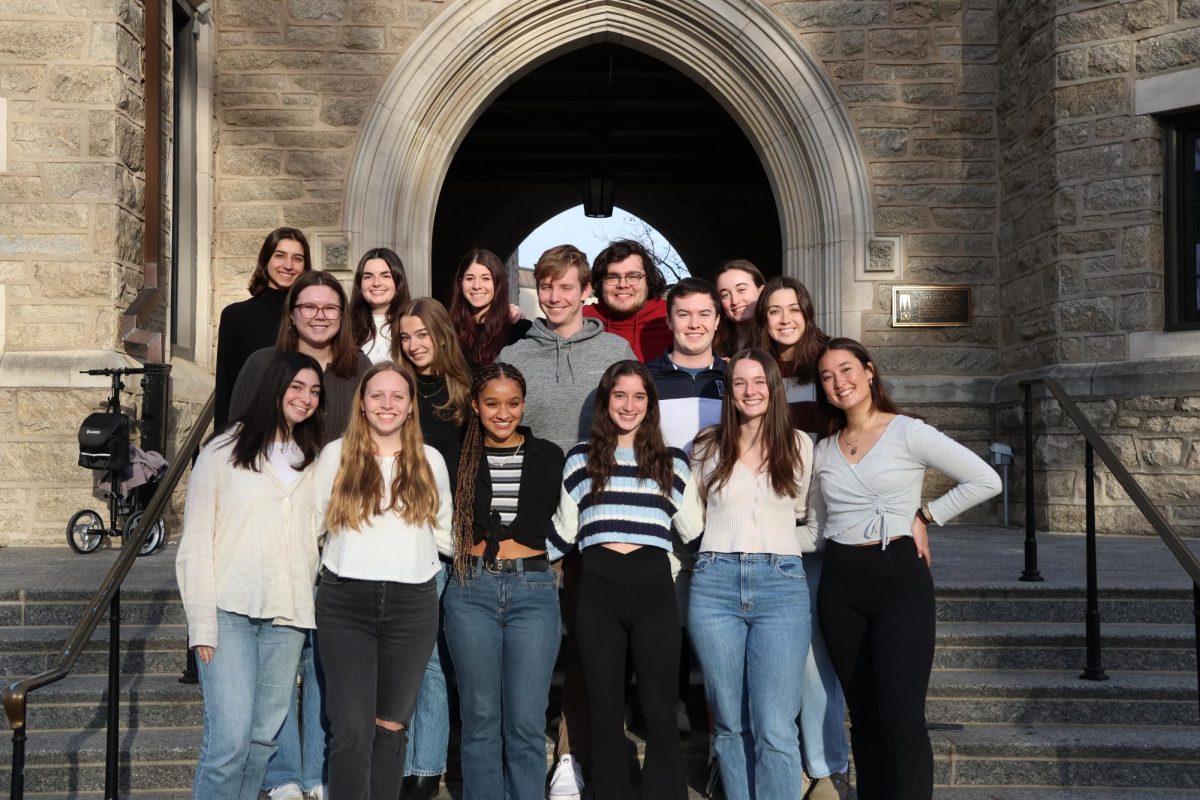When violence broke out in Israel and Gaza, the world took to the internet, expressing shock and outrage at the horrific events. But among the photos, videos and seemingly informative posts, there was an unprecedented amount of misleading or outright false information, generating significant public attention.
In this digital age, with trending content and news available at the click of a button, misinformation spreads like wildfire, turning focus away from the realities of current events, inaccurately shaping audience perspectives and sparking further contention over extremely sensitive and volatile issues.
Social media has been used as a tool by those affected by violence in Israel and Palestine in the past. Most notable was in another outbreak of violence during the 2021 Israel-Palestine Crisis, when social media was used to bring awareness to the brutal reality of the conflict. But now, viral gory images and videos, as well as unfounded claims, are being used to grab attention and spark outrage.
Twitter, which has largely stepped back from fighting against disinformation under Elon Musk’s leadership, has been particularly irresponsible in allowing misinformation to reach millions of people. Posts included clips from the video game “Arma 3” that were purported to be footage of Hamas militants firing missiles at Israel, footage from the Syrian War being reported as Hamas rockets, as well as false claims of Israel bombing a church in Gaza.
Additionally, a fake White House memo claiming the U.S. was getting ready to send $8 billion in aid to Israel, propaganda videos created by Hamas and even impersonations of news outlets have been circulating on Twitter feeds. In a conflict as nuanced and multilayered as the Israel-Hamas War, this kind of misinformation creates large divides by disrupting people’s sensitivity to the issue, pushing them into excessive support of one side or the other based on lies.
Not only are ordinary people’s perceptions being shaped, but the reach of misinformation has extended as far up as the White House. Joe Biden remarked that he had seen pictures of Hamas militants beheading Israeli babies, a claim which was repeated over and over on social media platforms despite no confirmation from the Israel Defense Forces themselves. This quickly led to an online public outcry, which demonstrated the speed at which false information takes hold of public opinion.
The White House eventually put out a statement clarifying that there were no photos, only a currently unsubstantiated claim from Netanyahu’s spokesperson, but the false reports had already done the damage of angering people with overblown claims. Furthermore, this misinformation distracts from understanding the real issues and prevents people from approaching the impossible situation with an attitude of empathy for all the victims involved.
Even student protests are being gravely misrepresented to further the divide between the two sides of the issue. At the University of Pennsylvania, the student organization Penn Against The Occupation took to the street to demonstrate their solidarity with Palestine. Videos of the event were later posted online by others claiming that the students called for the genocide of the Jewish people, which was confirmed to be untrue by the Daily Pennsylvanian.
The media plays an incredibly important role in the way we see the world and the irresponsible spread of false information has already had real consequences beyond the borders of the actual conflict. On Oct. 14, six-year-old Palestinian-American Wadea Al-Fayoume was tragically murdered in Illinois after being stabbed 26 times by his family’s landlord, a man who had once treated him like a grandchild but had become increasingly infuriated by reports of the attacks in Israel.
Additionally, synagogues around the world have faced new threats from rising anti-Semitism as a result of certain coverage around the conflict. The careless presentation of and discussions around this complex issue have the potential to create incredible levels of hostility, which can ultimately have devastating consequences.
“Given the misinformation and the strong emotions as people try to grapple with brutal violence, it’s especially important to approach news reports with a critical lens,” Villanova English professor Dr. Mary Mullen said, speaking to the necessity of cautious media consumption. “We organized a Teach-In on Palestine here at Villanova—which will hopefully be the beginning of a series of conversations hosted by the Center for Arab and Islamic Studies—to provide some useful frameworks and share resources with students.”
“The rapid dissemination of wartime information via social media is very concerning. We know that ‘false’ news is shared at approximately 6-times the rate of factual information, and in the case of the Israel-Gaza war, disinformation continues to be reposted at a staggering rate. It’s more important now, than ever, that news consumers research where they are getting their news, and avoid further spreading misinformation until facts are verified,” said Villanova Social Media Journalism Professor and CBS News Philadelphia anchor Jessica Kartalija.
“Personally, I have never seen a situation where so many reputable news organizations are having to retract information or apologize for mistakes in their coverage,” Kartalija said.
The Israel-Hamas War is rooted in decades of history and simplifying it to images and reports of violence committed by either side is ultimately erasing and ignoring the aspects of the conflict which are essential to understanding it. And while the internet has been used as a tool to bring awareness to global issues that might have otherwise gone largely unnoticed by the majority of the world, it also has the power to contribute to this erasure, with misinformation spreading faster than ever with the goal of playing on people’s emotions.
Ultimately, it’s imperative that news and social media coverage of this war, as with any contentious issue, is undertaken with maximum consideration and responsibility in order to avoid contributing to the perpetuation of brutal acts of violence and oppression.







Richard Traynor • Nov 1, 2023 at 2:51 pm
Interestingly, the author fails to mention the most glaring example of misinformation that has occurred thus far – the false claim that Israel fired a missile on a hospital in Gaza. Almost all of the examples given seem to suggest Hamas, a horrific and sinister terrorist organization, is the primary “victim” of this rampant misinformation.
Michael Lamb M.D. VU 1975 Bio and Chem • Oct 28, 2023 at 12:56 am
This is the kind of thoughtful and critical approach to this conflict that I would expect from a Villanova student steeped in the Augustinian tradition. There has certainly been some exaggeration and misrepresentation of the facts in this conflict, and the history of this region did not begin this October, nevertheless the October 7 attack must still be condemned as a brutal pogrom. It was not a military attack on military sites and had as at least one of its purposes the killing of Jewish civilians. How is such an attack supposed to improve the situation in Gaza in any way? How does this sort of atrocity lead to peace and understanding? Israel will not be satisfied until Hamas is either eliminated or severely crippled. The Palestinian chat of “from the river to the sea …” implies the nonexistence of Israel. That’s not going to happen. Even with the amount of factual misinterpretations or outright distortions there is still right and wrong, good and evil in this conflict.
Hamas , an established terrorist organization is not good and neither was the Klu Klux Klan who in their entire 150 plus year history didn’t kill as many people on the basis of race or religion as Hamas did in one day.